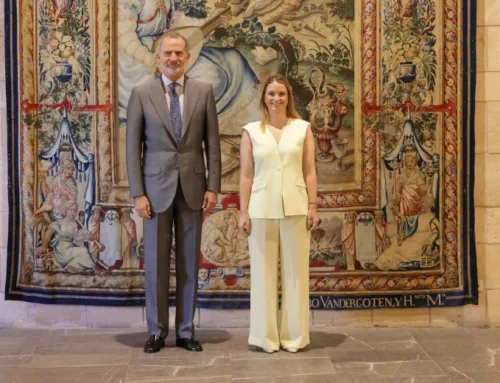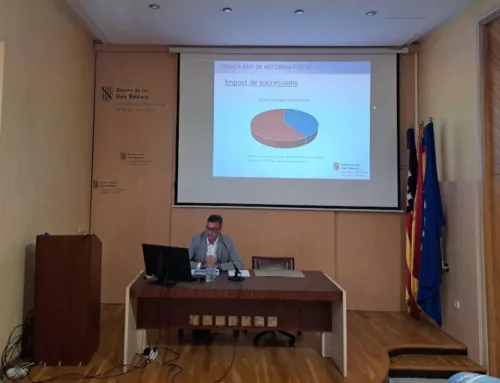The Balearic economy grew by 6.1% in the last quarter of 2022, but remains 4.2% below the pre-pandemic level. CAEB points to lower forecasts due to financial instability
The Balearic economy grew by 6.1% in the last quarter of 2022, but remains 4.2% below the pre-pandemic level, according to the report ‘Economic Evolution’ of the Confederation of Business Associations of the Balearic Islands (CAEB).
The Balearic Islands closed 2022 with an increase of 11.2%, an improvement on the previous year, when it was 9.8%. According to CAEB, the expansion phase has been left behind to give way to a new phase of deceleration. The president of CAEB, Carmen Planas, has assured that during 2023 the Balearic economy will recover all the GDP of 2019.
By sector
By sectors, the services sector recorded an increase in the last quarter of 6.5% and benefited from the lengthening of the tourist season and the first Christmas campaign without restrictions to place, once again, the volume of turnover above pre-pandemic levels. “A balance that has not yielded the expected result in terms of business profitability due to the increase in costs, both financial and supply,” explains CAEB in its report.
Construction was the only sector in the Balearic Islands capable of intensifying its growth path above the previous quarter (5.8%) after once again overcoming the global problems of supply and the rising cost of raw materials.
According to CAEB, employment also cut the pace of new job creation between October and December (3.4%), although it continued to show greater strength than expected, as corroborated by its greater dynamism compared to the national total (2.9%). In this sense, the total number of workers registered with Social Security closed 2022 at the highest level in the entire historical series for a month of December (454,582 workers). All this lowered the incidence of unemployment to 6.7% of the active population, a rate that is again below the Spanish average (12.4%).
On the demand side, the weakening of private consumption growth (5.6%) was the main factor behind the moderation in the growth rate during the fourth quarter. The reasons are, according to CAEB, “the persistence of the inflationary spiral – with an average increase in prices of 6.4% during the fourth quarter -, a general context of rising interest rates and high uncertainty”.
Downward forecasts due to financial instability
For CAEB, the islands face the first half of the year in a global context of growing uncertainty “to which the persistence of the inflationary spiral and the markedly restrictive nature of the monetary policy decisions of recent quarters have been added, this March, a scenario of growing turmoil in the main international markets”, fundamentally as a result of the second largest bank failure in the USA, that of Silicon Valley Bank. Although inflation has begun to show signs of moderation, the CPI continued to rise at a high rate in January and February, not only in the Balearic Islands (5.7% and 6.0%, respectively) but also on a national (5.9% and 6.0%, respectively) and European (10.0% and 9.9%, respectively) scale.







Leave A Comment